Playing a game of bridge (and winning it) is about more than just the ability to look at your hand of 13 cards and figure out the best next trick.
While strategy is certainly important, memory is one of the most important skills that any bridge player can hope to develop. It is the skill of a good memory that will guide you towards which cards have been played, or which moves your partner or opponent might have made before this point.
Want to play better bridge?
Improve your memory.
There’s no good reason to buy the full 22-CD set of Mega Memory (or any other similar memory building programs) to learn how to remember better. Systems, books, and formal techniques are useful – but building memory can also be done in small, simple ways.
Here are 5 little memory techniques (for a big difference at bridge).
1: The Simple Knot
Whenever there is something important that you need to remember, tie a simple piece of string around an appendage – an arm, a leg, or just a finger.
It’s a great way to teach the mind how to use simple association techniques to create memory links from one thing to the next.
Do you forget what you tied it for in the first place? Well, that’s okay. That’s why you should do it regularly.
2: The Daily Digits
The best types of memory exercise will be things that you are able to do every day – and no, not necessarily things that involve card decks.
Memorize digits daily. Random ones are great, but street numbers, graffiti, phone numbers, and vehicle registration numbers are even better for practice.
Is it hard? Sometimes.
Does it help? Yes.
3: The 5 Card Hand
Committing random numbers to your memory is often hard because the brain realizes it has no practical reason to remember the text string.
It’s not an important phone number, and it’s not like you’re going to do anything with a random number string any time soon. So, the brain forgets random numbers more readily than it would vital things like your home address.
As a bridge player, exercise your mind using card hands. Use 5 cards, use 3 cards, use 13. Every time you do it, you’ll notice that it gets easier to do.
Plus, since it’s card-based, a bridge’player’s brain automatically pays more attention.
4: The Random List
Random lists (for example, ones for shopping) are excellent for daily memory exercises. The brain is a muscle, and you can either choose exercise or eventual atrophy when not used enough.
A year ago, I found it impossible to do shopping without a list in hand. Today, I try to approach shopping without.
The worst thing that has happened is forgetting eggs or milk. But doing more than a year of memorizing random lists has helped!
5: The 20 Card Layout
For a more challenging memory exercise, choose a number of cards from your deck. Stack them, check the order, and then place these cards face down.
Come back to your arrangement of cards later. Let them sit for a few hours or days. Now, how many of them can you remember?
I like doing this, because it requires nothing more than a card deck. I also like this just because I can stack the cards in any shape or order I might want to.
What little, weird memory techniques can you recommend to other bridge players out there?
